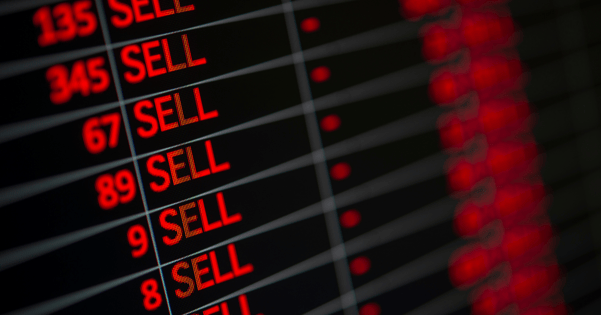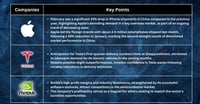Is the stock sell-off all about Russia and Ukraine? The current geopolitical threat is casting a psychological shadow over the markets and becoming an excuse for investors to resist taking on more risks, despite lower prices almost across the board.
Wall Street is contending with the persistence of the known macro pressure points, like Fed urgency to raise rates, decelerating profit growth, elevated inflation occurring alongside the unceasing liquidation of the entire high-hope/low-profit precinct of the technology sector.
If the stocks' weakness is due to geopolitical tensions, that is good news because it can be easily resolved. However, if the political tensions are excuses and they are not about politics, this would mean that it could be a post-bubble environment.
As the damage piles up, mostly in those parts of the market where the froth peaked a year ago, the debate now hinges on the S&P 500’s ability to hold a bit above the January lows, representing an impressive show of resilience or delusional delaying of the inevitable.
Let us be clear, that damage is stacked pretty high. A third of the Nasdaq 100 is off at least 30% from a high, while half of the S&P 500 has fallen 15% or more. The median biotech stock was recently at 60%.
In early 2016, the S&P ultimately clicked briefly to a 15% peak-to-trough decline, the Federal Reserve throttled back on tightening expectations and a base was set for another push higher. A 15% drop from the recent 3rd Jan record high would take the S&P toward 4100, levels first reached last April.
Investor sentiment can be tricky for now, but it would seem to be negative enough to give pause to anyone looking to bet on a quick, deep and lasting downside from here. Eventually, the kind of pessimism, seen in the Retail Investor Survey, tends to precede
firmer markets over subsequent months, noting that the bull/bear ratio is now back to lows from that early-2016 period.
In Bank of America’s Global Fund Manager Survey, professional investors reported their lowest relative allocation to technology since 2006 and their highest combined weighing in on “late cyclical” sectors (banks, energy and materials) in the 17-year history of the survey.
The market has changed character: Last year, the S&P 500’s deepest pullbacks were 5-6% and so brief that the dips were tough to buy. We have now spent an entire month more than 5% below the record high and prices keep churning lower as they hunt for buyers with conviction.
Earnings growth is about to slow quite a bit, but forecasts for 2022 continue to hold up, reaching further records. We notice that when forward earnings are at a record, the S&P 500 tends to work higher over months.
The S&P 500 is now down almost 10% year to date. It is quite common for the index to suffer an intra-year setback of this magnitude or more. Yet, it is fairly uncommon, historically at least, for the full year to finish down that much in the absence of a US recession, which seems quite unlikely at this point.
Fullerton Markets Research Team
Your Committed Trading Partner














